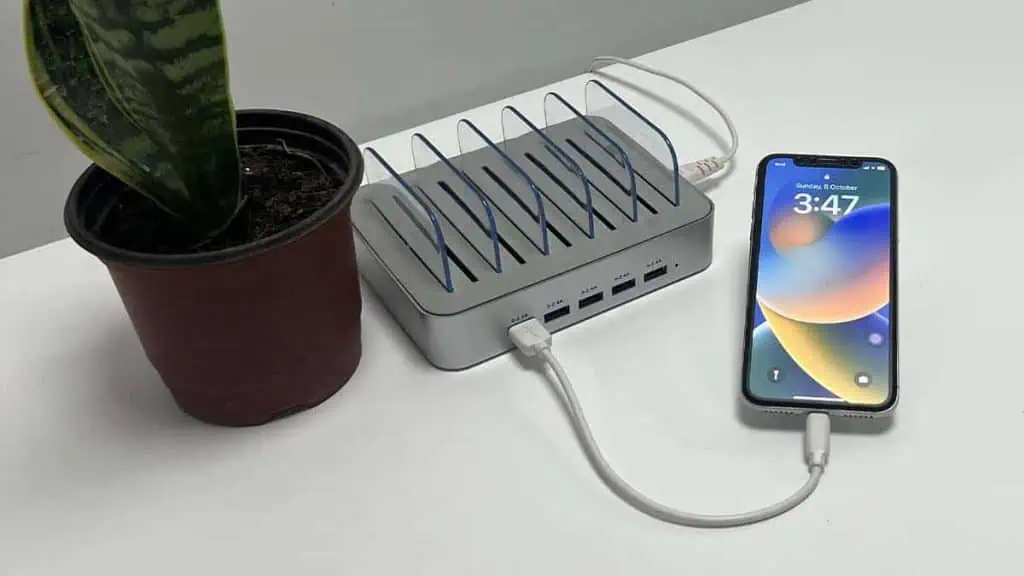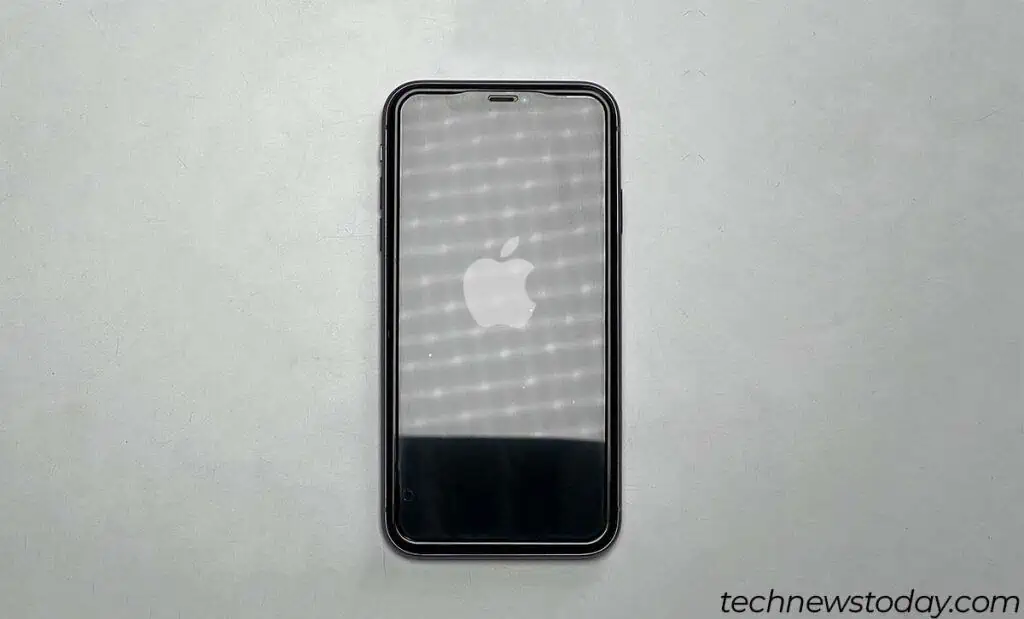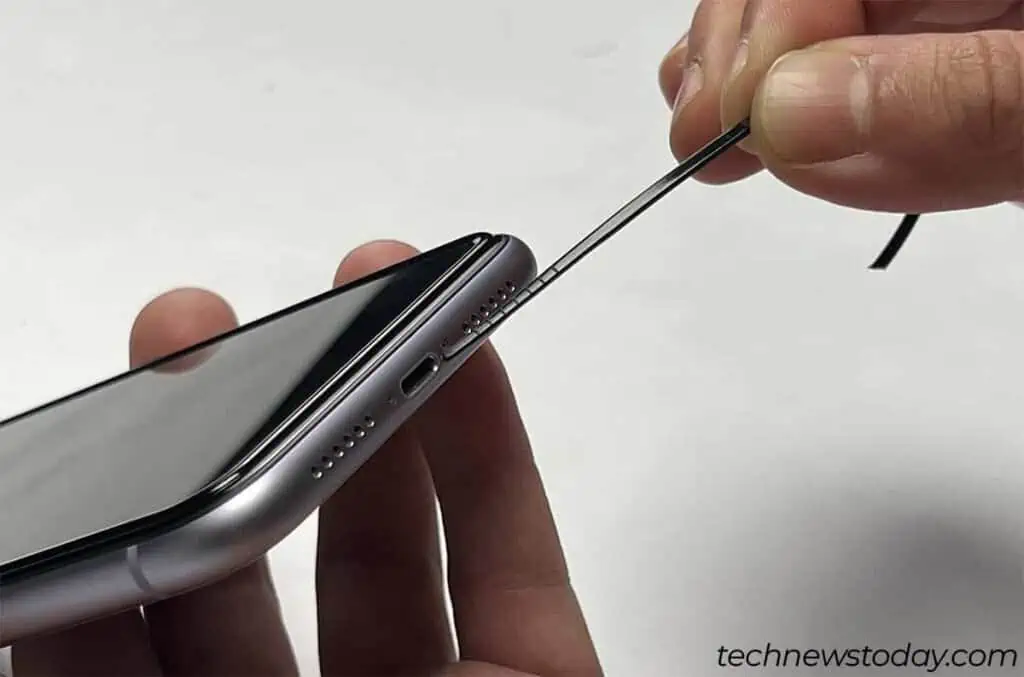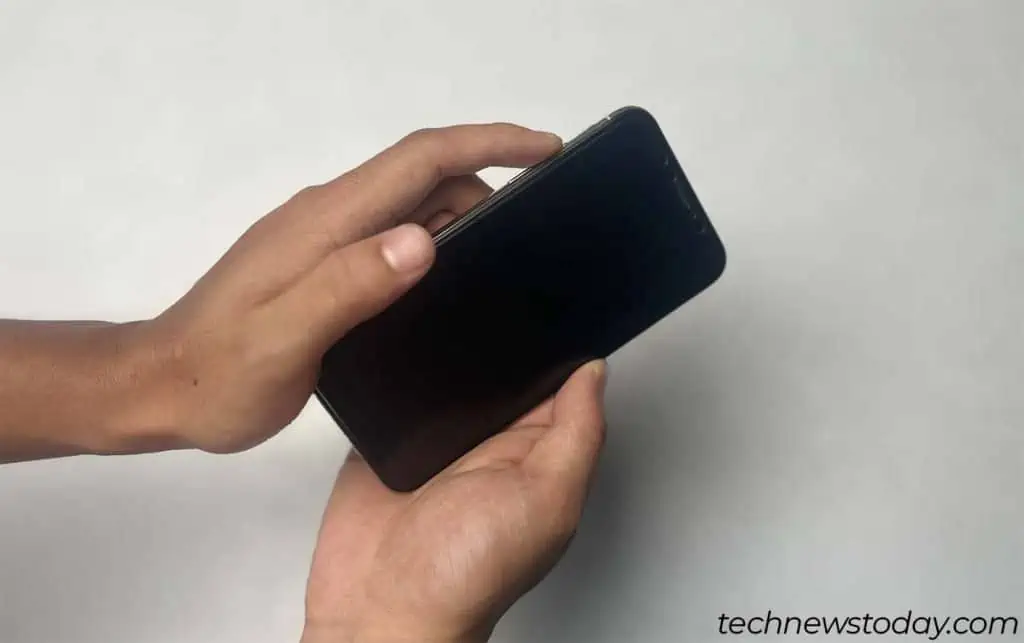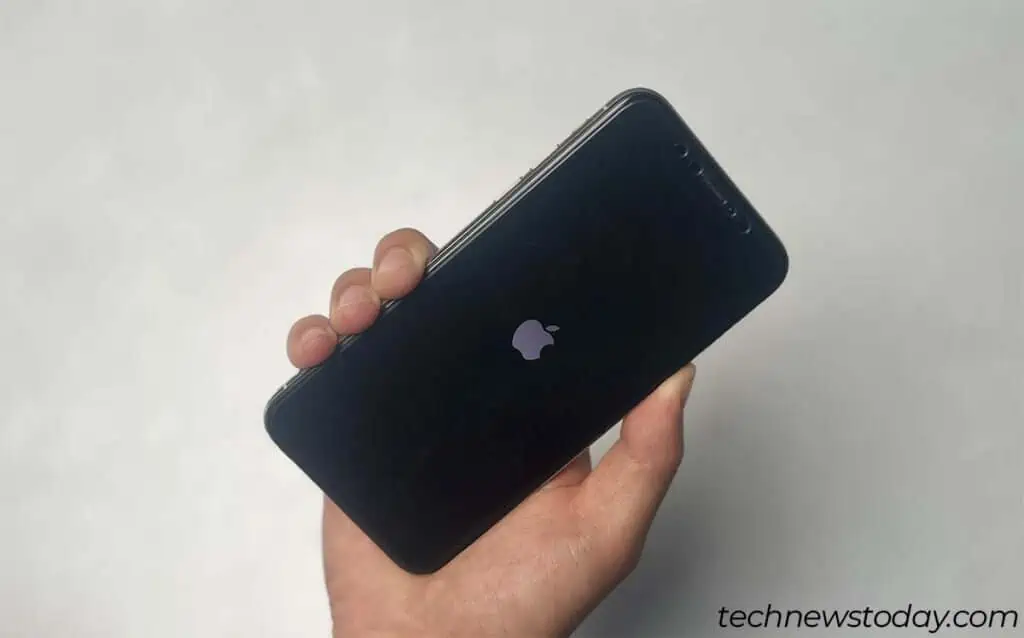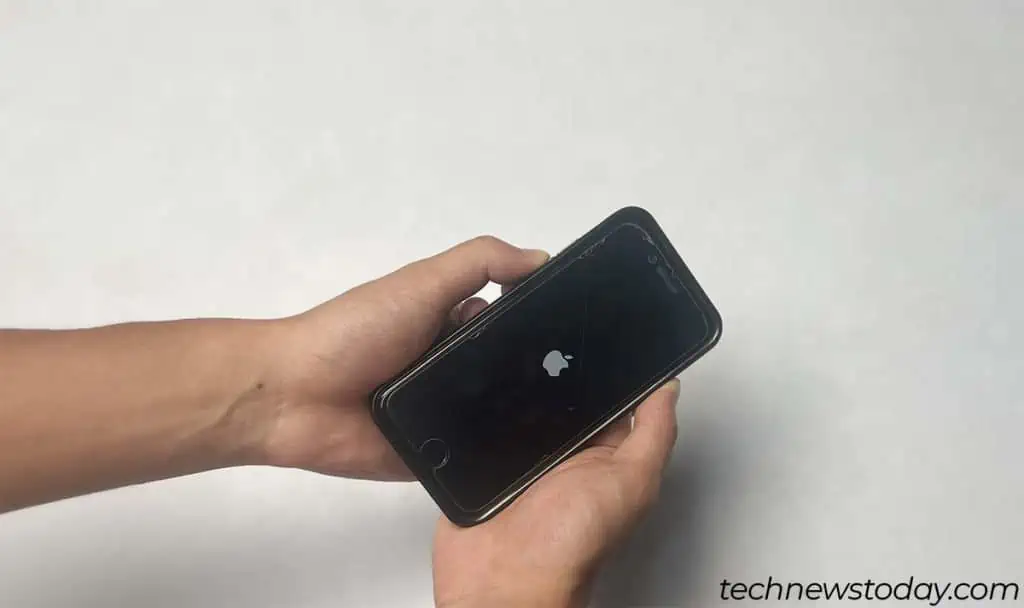When your iPhone isn’t charging, it’s easy to assume that the charging port is faulty. However, several other factors could be at play.
Your cables might be defective, or the connector pins could be obstructed by dust and debris. Sometimes, software issues might be the cause, as the software determines when your iPhone charges.
So, before you head to a repair shop, why not try some simple fixes first? You can try replacing cables, cleaning your charging port, and performing basic software fixes to troubleshoot this issue at home.
Try Different Lightning Cable and Adapter
If your iPhone is not charging, you should first rule out any cases of cable or adapter malfunctioning. To check this, borrow an iPhone charger from a friend or family.
If your iPhone starts charging after replacing the charger, your lightning cable and adapter are the problem.
You can also switch up the adapter and cables of the two chargers to check what was malfunctioning.
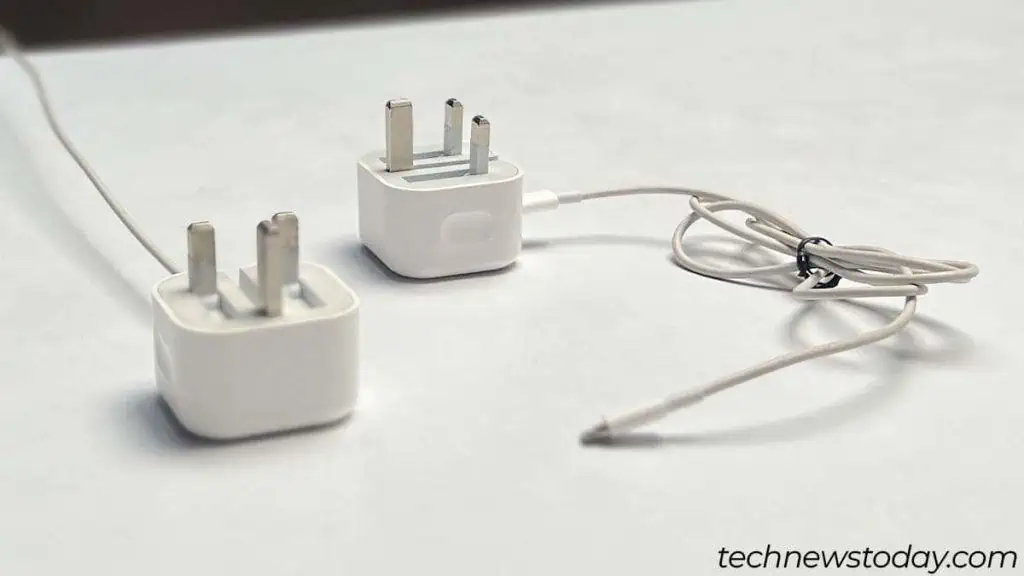
After finding out the faulty one, buy an appropriate replacement. However, make sure to get a genuine or Apple-certified charger.
Third-party iPhone chargers that aren’t Apple-certified may not work properly at all. To identify a genuine or Apple-certified charger, look for the “Made for iPhone | iPad | iPod” writing.
Clean the Charging Port
Another main reason why iPhones stop charging is due to dust, debris, and lint buildup inside the port. Such obstructions can hinder the port and charger connection, resulting in your iPhone not charging.
They usually also cause your iPhone to charge extremely slowly or only at an angle. If you also faced these issues before your iPhone stopped charging, then it is likely dust buildup.
But first, let’s gather the things you need to clean your charging port.
- Flashlight or any other light source.
- A precision tool. You can also opt for household items like dental floss pick or plastic toothpick. (Make sure it is non-conductive, won’t break easily, and fits inside the port.)
- Compressed Air or Air duster. This is optional, but it makes the work much easier.
Now, let’s clean your iPhone charging port,
- Shut down your iPhone.

- Illuminate the insides of the charging port using a light source of your choice.
- Gently scrape the dust and lint buildup from your charging port using a precision tool.

- Make sure to be extra careful so as not to damage the connection pins.
- (Optional) You can then use the compressed air to clear all the loose dust buildup after scraping.
Force Restart your iPhone
Your iPhone’s software ultimately decides when to charge the phone. So, even if your hardware is working fine, minor software glitches can cause your iPhone to not charge at all.
To fix such issues, force restart your iPhone to completely shut down and reboot without saving any data.
For iPhone 8 and newer
- Press the volume up and volume down buttons once each.

- Press and hold the volume down button until the Apple logo appears.

For iPhone 7 and older
- Press and hold the home button and the power button.
- If you are using the iPhone 7 series, press and hold the volume down and power button instead.
- Keep holding those two buttons and let go when you see the Apple logo appear.

Try Wireless Charging
If you’re down on battery and your iPhone is not charging, try an alternative method to charge.
From iPhone 8 and above, you get the feature to wirelessly charge your phone. While this isn’t a permanent solution, it can keep your phone alive.
Additionally, if your iPhone’s battery is empty and it isn’t charging, leave it plugged in for a while.
The iPhone is designed to automatically boot up when plugged in. So, if your battery is down, your iPhone will first need to accumulate enough charge to start.
Check For Hardware Damage and Visit the Apple Store
If the above methods do not work, your lightning port or other hardware component might be damaged. You can try doing a self-inspection to check if your lightning port is damaged.
- Use a flashlight and check for any damage, rust, or corrosion on the metal pins in your charging port.
- See if any of the pins are missing. It should have 8 pins.
- Check if the pins are loose by tapping with a precision tool.
If you do see some of these symptoms, your lightning port is damaged. However, it usually isn’t so easy to spot.
In such cases, you will need to be familiar with hardware repair and use professional tools. However, for most users, my advice is to visit an Apple store to get it professionally repaired.

